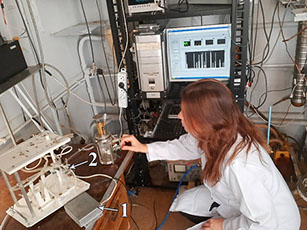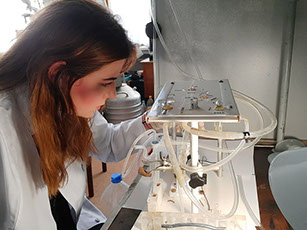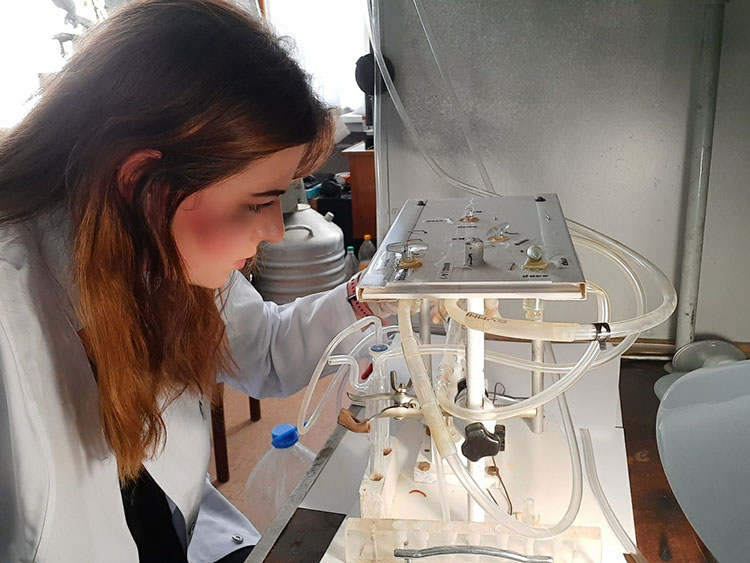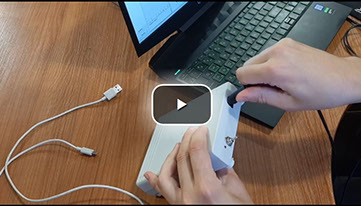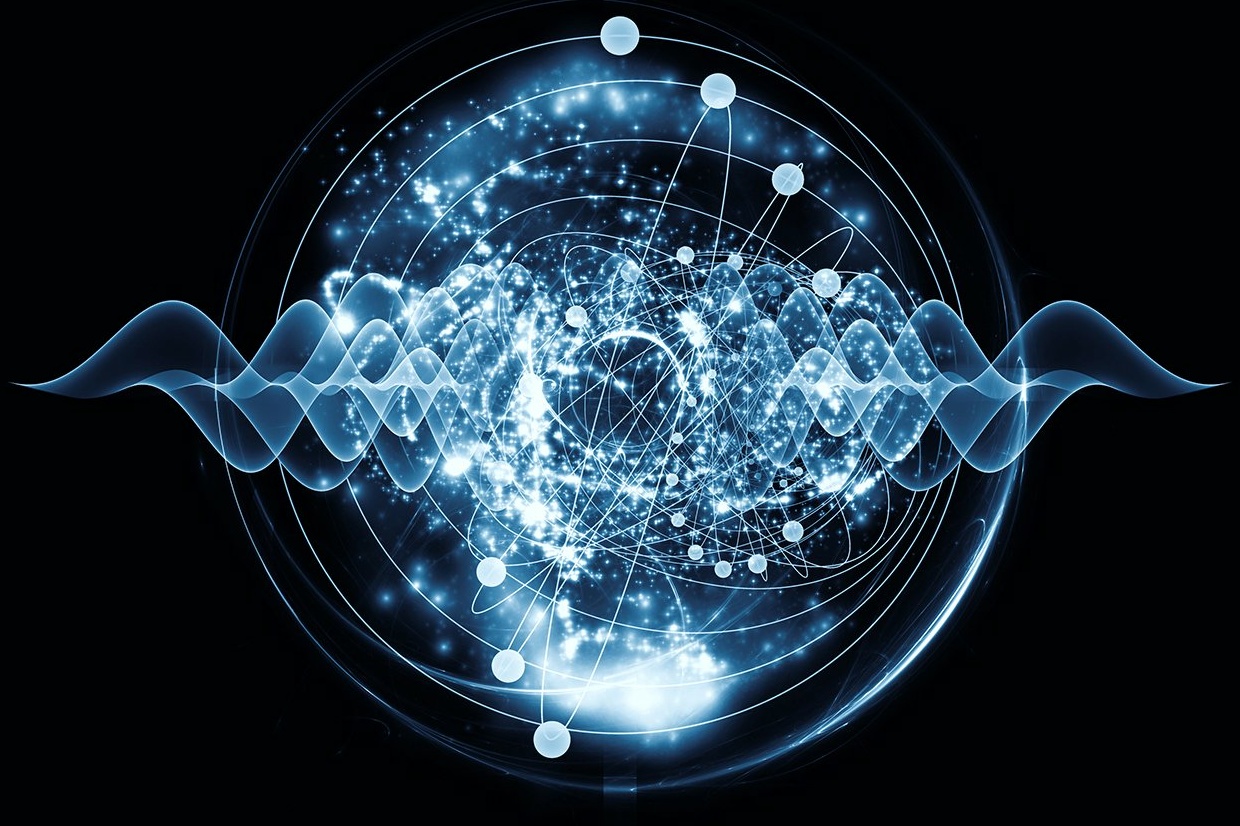
Main Results

Milestone 1 (December 31, 2019)
Milestone 2 (September 30, 2020)
In the second phase (months 7-12), the work aimed at the development of a methodological basis for reproducible and sustainable realization of the cyclic switchover effect resulted in the successful creation of current sweep generator needed for the synthesis of dendritic quantum point contacts. The developed generator has all the necessary characteristics to permit realization of various regimes of point-contact synthesis, thus making it possible for the project teams to efficiently create dendritic Yanson point contacts, study them, and subsequently use as sensing elements in the novel quantum point-contact sensor detectors. Technical characteristics and photo of the current sweep generator constitute Deliverable One of the project, which has successfully been completed in due time.
Another important aspect of the research related to this part of the project activities is study of the process of synthesis of dendritic nanostructured point contacts and development of a method for identification of the synthesis products in gaseous and liquid media. A cornerstone of this bloc of the studies is creation of a universal experimental cell which would allow accurate measurements with the synthesized nanostructures performed by means of different experimental techniques. The project teams have successfully created laboratory prototypes of the cell, their characteristics and photos are Deliverable Two of the project, which has thus been completed on time. Creation of the cell gives the project teams the necessary tool to study the products of dendritic point-contact synthesis, which has already been started in this second phase of the project in accordance with the project plan.
Milestone 3 (September 30, 2021)
In the third phase (months 13-24), the work aimed at the development of devices and methodological basis for the project research has successfully been performed. The new devices and methods developed in the framework of the project implementation provide conditions creating a simpler version of the measuring setups, which would allow project participants to obtain the amount of data which is necessary for the sensor analysis of various systems using quantum point-contact sensors. The parallel experiments on sensor data registration performed by the portable device to measure response signal from point-contact sensors in gaseous and liquid media (Deliverable Three) and the point-contact spectrometer have demonstrated complete agreement between the obtained data.
One more successful development is the portable device to register response of quantum point-contact sensors to the action of gas exhaled by a human (Deliverable Four). Human breath is a complex biological medium which consists of more than 2000 components. It is the most complex of the currently known natural gas mixtures. Concentrations of the components which are qualitatively related to the detected substances are extremely low in the mixture. This determines very high and specific requirements to the techniques used for breath analysis. To satisfy these requirements the new registration device of the point-contact sensor for analysis of human breath is characterized by an expanded functionality. It allows real-time breath analysis using a new approach based on point-contact spectral breath profile. The results obtained in this project can be prerequisites to creating on the basis of point-contact sensors a new generation of lie detectors which cannot be fooled.
One of the most optimal approaches to studying and testing sensors is using gas sources with a controlled gas flow. With this aim, the project participants have developed and produced a microgenerator of nitrogen (II) oxide (Deliverable Five). Nitrogen (II) oxide can serve as a model object for studying detection of explosive substances with quantum point-contact sensor. Tests have proven the efficiency of the created microgenerator for obtaining stable microconcentrations of nitrogen oxide at the level of 1...5 ppm.
During the reported period (months 13-24) one of the main project tasks has been solved to demonstrate the possibility of selectively detecting various chemical agents in multicomponent gaseous and liquid media using point-contact sensors. Quantum point-contact sensors, which are based on the fundamental properties of Yanson point contacts are capable to register energy interactions in a complex gas mixture and to obtain a profile of the energy portrait of the mixture in real time regime. The effectiveness of the method proposed is shown on the example of melatonin hormone concentration determination and detection of the human emotional states. This allows the authors of the project to talk about the possibility to develop lie detectors that cannot be fooled.
Illustrations: Video materials:
Milestone 4 (September, 2022 and the extension period)
In the fourth phase (months 25-36 and the extension period), implementation of the project encountered a force-majeure obstacle – the Russian aggression against Ukraine. This led to a delay in the implementation of the project caused by the impossibility for the Ukrainian project participants to continue work at their institutions in the city of Kharkiv. In response to the emerged situation, the project management analyzed in detail the project work plan and proposed solutions that minimized the new risks caused by the war. In particular, alternative solutions were proposed that made it possible to carry out part of the work at the Institut des Materiaux Jean Rouxel in France. As a consequence, it became possible to obtain several important results. The most impressive finding among them is the discovery of the quantum mechanisms of selective detection in complex gas mixtures and the explanation of their nature. These results have recently been presented in one of the most reputable interdisciplinary scientific journals Scientific Reports published by the Nature Publishing Group (DOI: 10.1038/s41598-023-48207-0). The obtained data demonstrated the unique capabilities of the quantum mechanisms for selective detection in complex gaseous media using quantum point-contact sensors. Understanding their nature makes it possible to apply new quantum concepts to the development of methods for medical diagnostics, as well as to the development of detectors of human emotional states, which can be used in public spaces, such as airports, etc., to help prevent terrorist attacks. The seminal contribution of the project participants to the innovative quantum direction in the sensor field and generalized information on the new type of universal quantum detectors operating on the basis of Yanson point contacts have been presented in the review “Quantum point-contact sensors: state of the art and prospects” published in the leading sensor journal Sensors and Actuators B: Chemical (DOI: 10.1016/j.snb.2023.135064). General information about the scientific and technical activities of the project participants is presented in a video (Deliverable Six).
Video materials:
A new approach is proposed which consists in using a dynamic-mode scanning of the energy states of point-contact quantum systems in order to develop a universal method for highly selective detection in various gaseous and liquid media, including such hard-to-detect substances as methane and rare gases. The proposed approach is expected to prove efficient in studying quantum effects for various sensor applications and thus stimulate development of the next generation of highly selective nanodevices.
Project
of the NATO SPS Programme
«Selective quantum sensor for detection of CBRN agents
Executive editor: V.Gudymenko
© 2020-2022
Last updated: 12/12/2023
in gas and liquid media»


